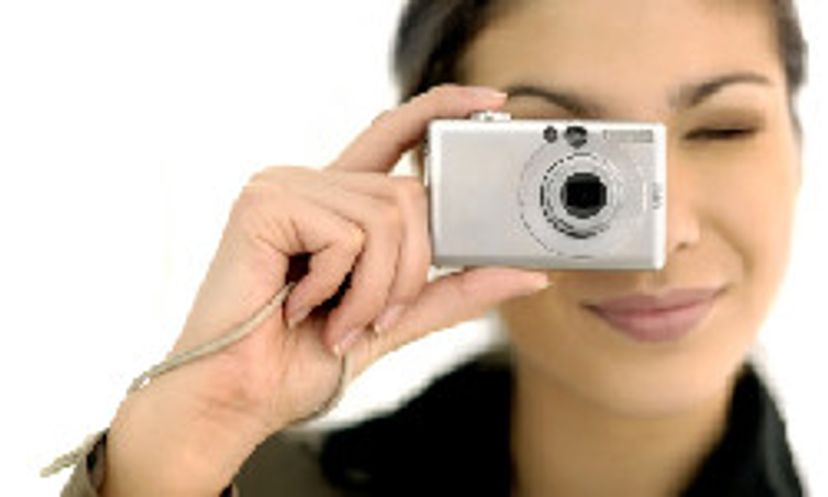
About This Quiz
Digital cameras have helped make photography easier and faster for millions of people, but how much do you really know about them? Take our quiz to find out!The dots that make up a digital image are called pixels. The number of pixels correspond with an image's resolution -- more pixels means greater resolution.
In 1994, Apple and Kodak offered the first digital cameras on the consumer market. Today, you can find digital cameras from dozens of manufacturers.
Most digital cameras use charged couple devices (CCD) as image sensors, though a few use complementary metal-oxide semiconductors (CMOS) instead.
Advertisement
Devices that change pixel data into digital data are analog-to-digital converters (ADC). Digital cameras aren't the only devices to use an ADC -- everything from certain cable set top boxes to digital recording devices needs one.
Interpolation is the process of making an educated guess as to the nature of a color based on limited information.
The Bayer filter pattern is the most common. It alternates rows of red and green filters with rows of blue and green filters.
Advertisement
A camera's aperture allows light to pass from the lens into the camera itself. The size of the aperture affects the appearance of the captured image.
The length of time the camera allows light to pass through the aperture is the shutter speed. Faster shutter speeds allow photographers to take images of subjects that are moving very quickly.
The focal length of any camera is the distance between the lens and the image-recording device -- a sensor with digital cameras and film with traditional cameras.
Advertisement
Irrelevancy is the name for the meaningless data digital cameras and computers eliminate when compressing a digital image into a smaller file size.